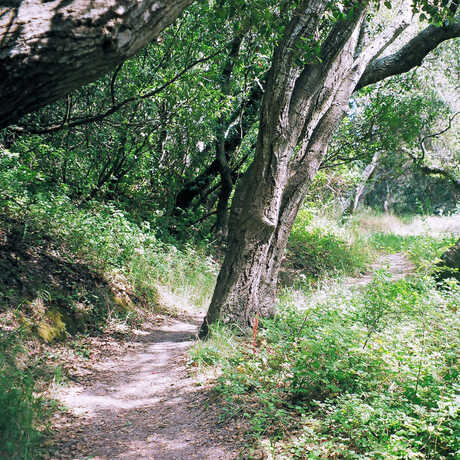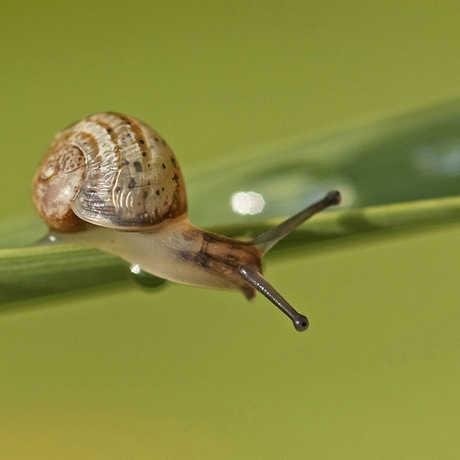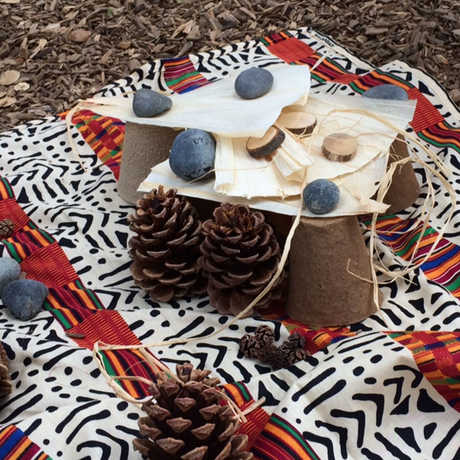Conserving nature begins with connecting to nature. Research shows that giving families opportunities to engage in hands-on nature-based activities can increase children’s excitement toward environmental behaviors. Through Nature Play, parents and caregivers can promote that connection to nature.

Technically, earthworms are not insects, but you may find them, too!
Encourage kids to directly engage with nature through investigation and observation, in a safe and supportive environment.

Find a safe area that is away from traffic, and free of trash and hazardous materials. Parks, gardens, and backyards are great places to start. You may find more success looking for bugs in areas with plants or near water. Try searching in bushes, on tree trunks, or under logs, rocks, or ground-cover.
All you need is:
- weather-appropriate clothing
- your own five senses
- curiosity
- insect collecting tools
Fun tools to try include:
- an insect-viewing jar
- an insect net
- a clean paintbrush
- an aspirator or “bug vacuum”
- a field guide to local bugs.
- Be gentle to the animals because they are an important part of their outdoor habitat.
- Only touch animals that you know are safe.
- Hold animals in a flat hand—avoid pinching.
- Return animals back to their home in nature.
- Share what you’ve discovered through photos, drawing, and stories instead of taking things home.

Show children how to use the tools and then let them try the tools out for themselves. They still may need assistance throughout the activity. Give encouragement when they struggle before offering help, and only intervene if there is a safety concern.
Collect insects in the bushes using the insect net. Put the net inside of a bush, shake up and down and side to side, then dump the net out onto a flat surface, like a tarp or picnic table, to see what you caught.
Catch big bugs in the insect-viewing jar. Uncap the top, gently brush the bug inside, and replace the top.
Use a clean paint brush to gently brush insects into a flat palm. Only handle insects and other bugs that you know are safe, such as earthworms, roly-polies, and ladybugs.
Catch small bugs with the bug vacuum. Hold the hard tube up to a small insect and suck air through the soft tube. The bug should be sucked up into the vial. Look inside to see if you caught it. Be careful to not squish the bug with the hard tube.
Encourage everyone to participate. Even if someone doesn’t want to touch or collect an insect, they will often look at it once it has been put into a viewing jar.
Ask kids about their prior knowledge and experience with insects and other bugs.
Recognize and celebrate discoveries as well as good collecting etiquette.
Talk about scientists and the process of scientific inquiry.
Use “I notice…”, “I wonder…”, and “It reminds me of...” statements to model scientific thinking.
Discuss the important role insects and other bugs play in their habitats.
Give a 5-minute warning before you intend to clean-up to avoid disappointing a young scientist in the middle of their investigation.
Ask everyone to help gather and clean-up the materials. Brush off dirt from the tools. Return all insects to where they were found. Look around to make sure no litter or personal belongings are left behind.
As your cleaning up and heading out, talk together about the experience: what you found, what was surprising, their favorite things. Share stories, photos, or drawings with family and friends.


